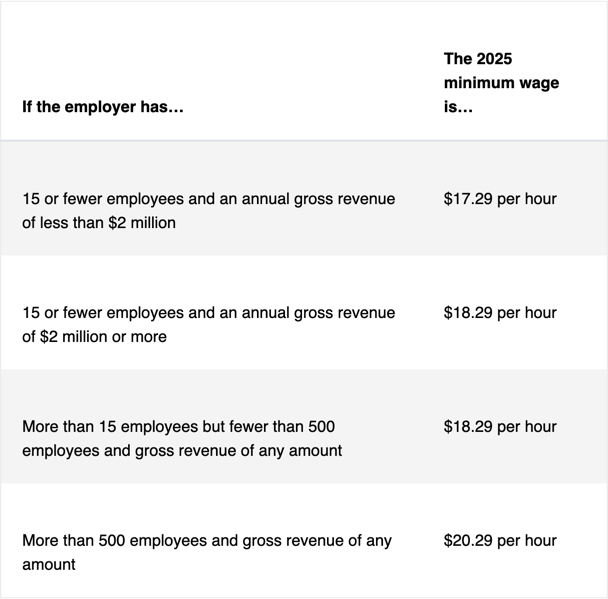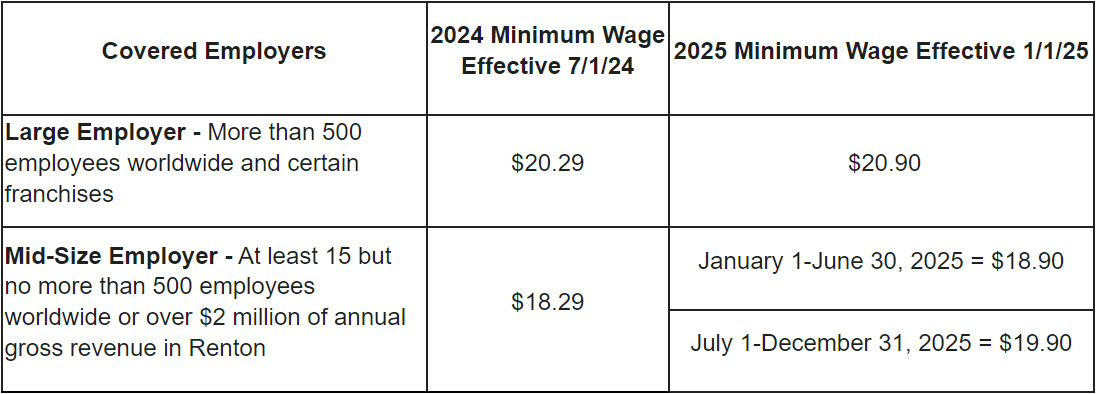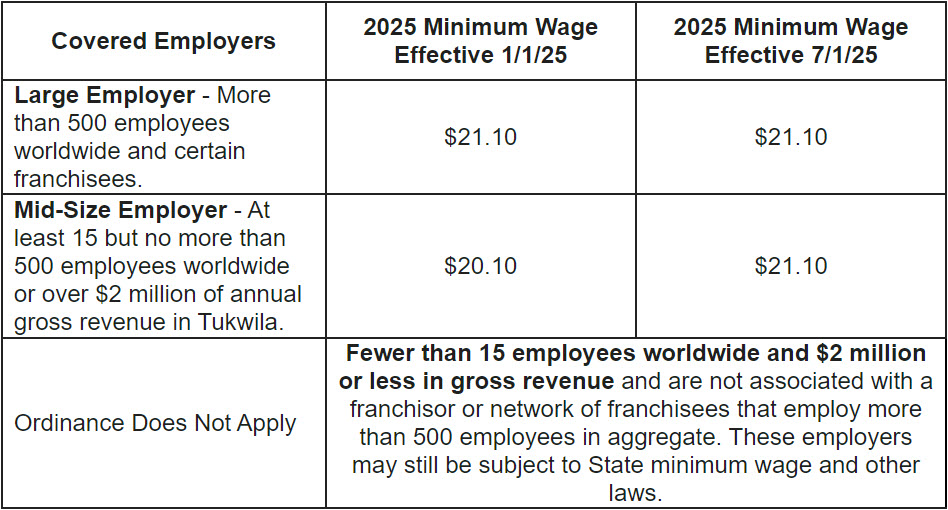We’re providing some important tax updates that could affect your plans if you’re thinking about buying an electric vehicle, making energy-efficient upgrades, or even boosting your retirement savings.
Thanks to the recently signed One Big Beautiful Bill Act, several valuable tax credits are ending soon so it’s critical to plan ahead.
Thinking About an Electric Vehicle? Act by September 30, 2025
If you’re considering an electric vehicle for personal or business use, now is the time to act. Three major tax credits are ending:
- Commercial Clean Vehicles Credit (Section 45W): Up to $40,000 for heavy-duty EVs and $7,500 for light EVs.
- New Clean Vehicle Credit (Section 30D): Up to $7,500 for qualifying new EVs.
- Previously Owned Clean Vehicle Credit (Section 25E): Up to $4,000 (or 30% of the purchase price) for eligible used EVs.
Want the credit? Your purchase must happen before September 30, 2025.
2025: Your Last Chance for Solar & Energy Tax Credits
If you’ve been thinking about adding solar panels or energy-efficient upgrades, don’t wait.
- 30% Residential Clean Energy Credit (RCEC): covers solar panels, geothermal heat pumps, small wind energy systems, and more.
- Home Energy Improvement Credits: up to $3,200 in annual tax credits for insulation, windows, heat pumps, and more.
Installations can take months—everything must be completed and in service by December 31, 2025.
Business Owners: Travel Deductions Done Right
Attending business seminars or conventions? Here’s how deductions work:
- North American events are generally deductible if they benefit your business.
- Foreign conventions and cruise ship seminars have stricter rules and caps.
Proper documentation is key to keeping your deductions safe.
High-Income Business Owners: Supercharge Your Retirement
Are you a solo business owner earning a steady six- or seven-figure income? A Defined Benefit Plan could let you:
- Contribute $70,000 – $300,000+ annually
- Save six figures in taxes each year
- Build up to $3.5M for retirement
This strategy is especially powerful if you’re age 50+ and want to accelerate your retirement savings.
Gift Smart: What You Need to Know for 2025
- Annual gift tax exclusion: $19,000 per recipient ($38,000 for married couples).
- Lifetime estate & gift tax exemption: $13.99M per person ($27.98M for couples).
Certain gifts (like tuition payments or medical expenses paid directly to providers) are always tax-free.
Next Steps
These tax-saving opportunities won’t last forever and some require months of lead time to qualify.
We’re here to help you make the most of these opportunities before they’re gone.
Warm regards,
Alisa Na, CPA






